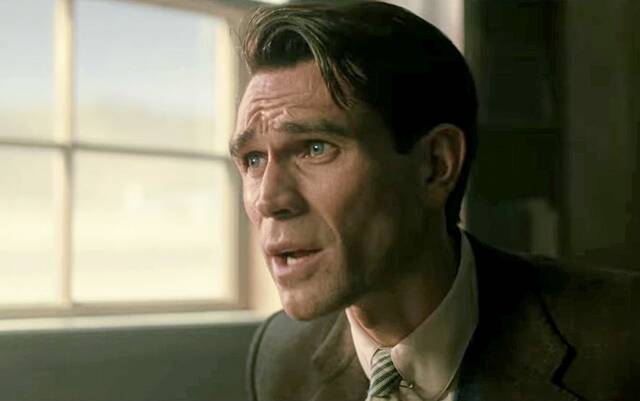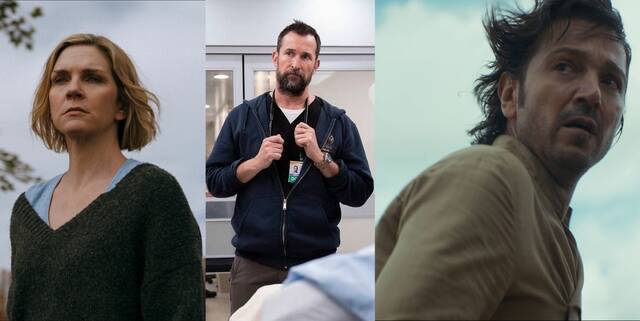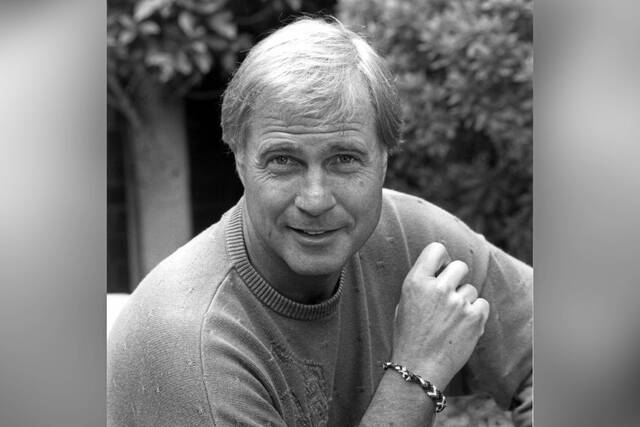Trib Total Media TV writer Rob Owen answers reader questions every Wednesday at TribLive.com in a column that also appears in the Sunday Tribune-Review.
Q: I was sorry that Pens ownership dropped Bob Errey as a color analyst on TV broadcasts. This season has rotated at least three different announcers. Is this a trial or due to schedules?
— Steve, Titusville
Rob: Per SportsNet Pittsburgh, Penguins games on the channel have had just one play-by-play announcer all season, Josh Getzoff.
Colby Armstrong, Phil Bourque and Mike Rupp have taken on color analyst duties alongside Getzoff throughout the season.
“We like to provide additional, and varying perspectives for our audience as they enjoy the game,” said SNP spokeswoman Casey Blosson, “and utilizing a rotating roster of select game analysts enables [us] to do so.”
Errey has been seen on NHL Network in recent months.
Q: Since the writers’ and actors’ strikes are over and regular programs are returning to television, does this mean the end for nighttime game shows like “The Weakest Link,” “The Wall,” “Password” and “Press Your Luck?” They’re a welcome break from the same old shows.
— Joan, West Mifflin
Rob: One could easily argue these game show titles constitute “the same old shows” given how far back in TV history some of them date (“Password” first aired in 1961; “Press Your Luck” dates to 1983).
Regardless, cheap-to-produce game shows will not suddenly disappear permanently from prime time to be replaced by scripted comedies and dramas. On the contrary, as media companies try to reign in costs for their declining linear networks – while prioritizing more money for their streaming services – less expensive game shows will become more prevalent on broadcast network schedules in the future as the number of scripted shows declines.
Q: I watched the season one finale of “Only Murders in the Building” on Jan. 23 on ABC. The cable guide listed the show as running from 9:02-9:52 p.m. for a run time of 50 minutes. A splash screen during the show listed the episode length at 35 minutes. Given that the time slot was 50 minutes long and the episode was 35 minutes, that leaves 15 minutes for commercials. That seems a bit excessive. Is there a limit to how many commercials can be shown during a show?
— Jeff, Baldwin
Rob: Commercial break duration in prime time is not subject to FCC regulation.
Most half-hour shows have 9-10 minutes of ads. Most hour shows have 19-22 minutes of ads. So for a 50-minute show to have 15 minutes of ads seems pretty much in the ballpark of what one would expect given current prime-time norms.
Q: I watched the entire series of ID’s “The Curious Case of Natalia Grace,” about a young woman whose former adoptive parents suspected she lied about her age, and my emotions were all over the place. Was she 7 years old? Was she a sociopath? Was she a horribly mistreated child? Just when I thought I had it all sorted out, came the plot twist at the very end. Is ID making another installment?
— Nancy, via email
Rob: No doubt it will be back. The show did well in the ratings and sparked tons of social media conversation. ID will milk the Natalia Grace story for as long as possible.
No additional installments have been announced, but the most recent “Natalia Speaks” episodes that aired in early January concluded with an on-screen card that read, “Natalia’s story will continue.”








